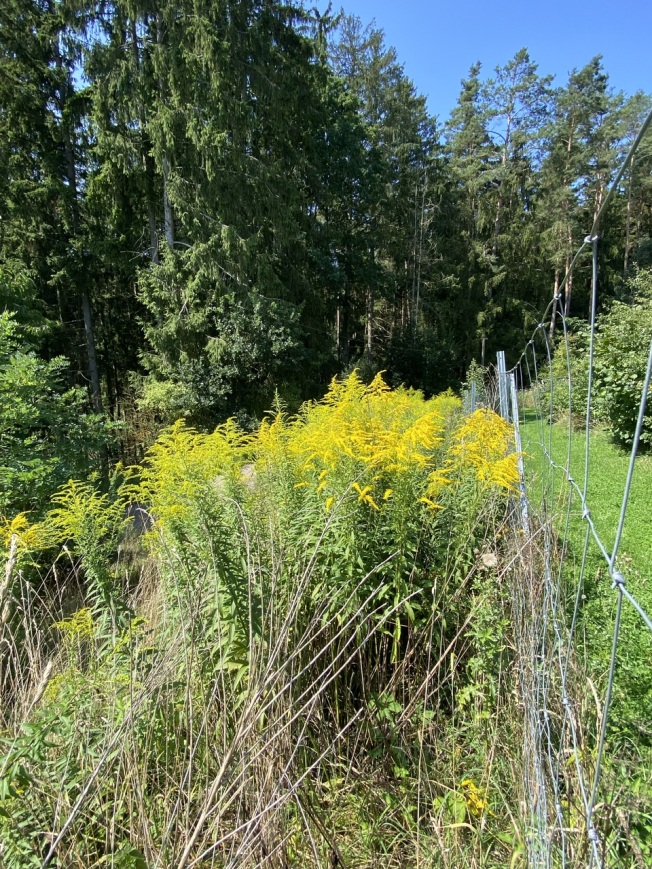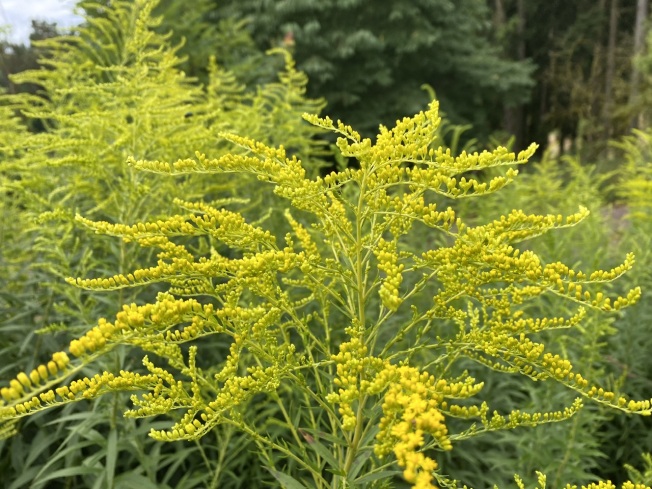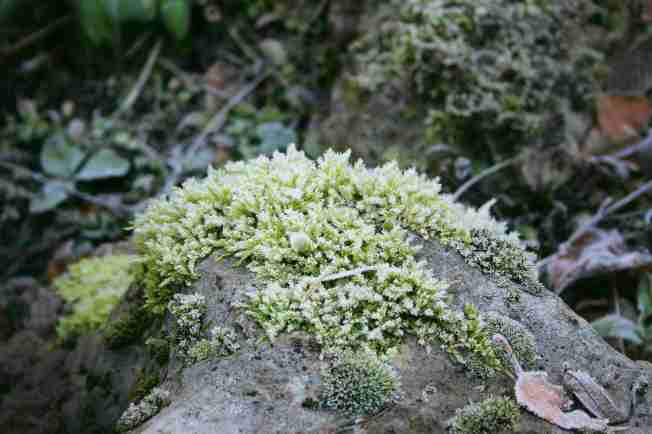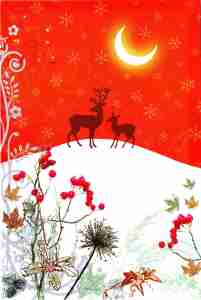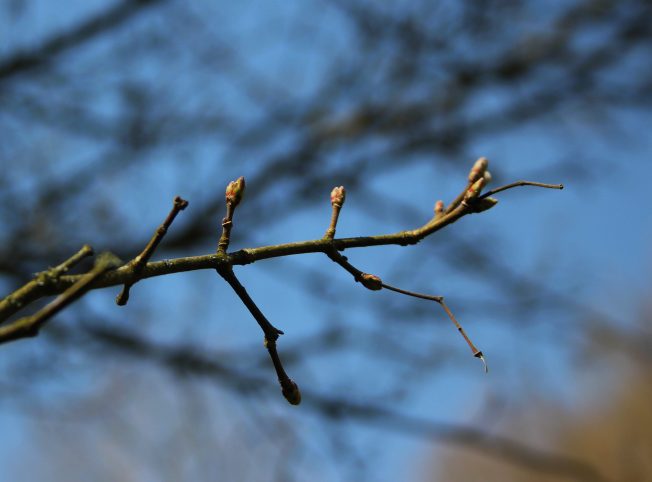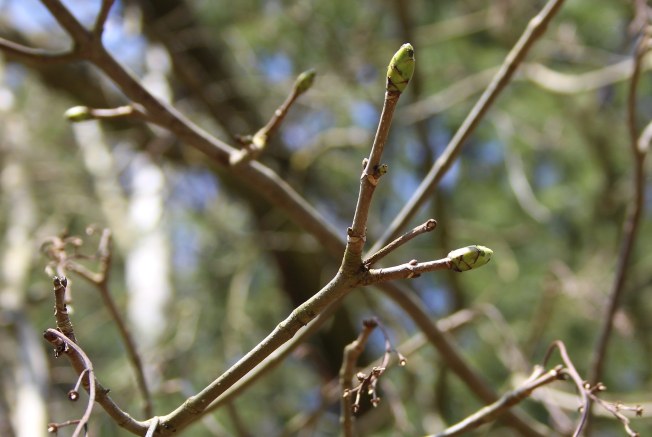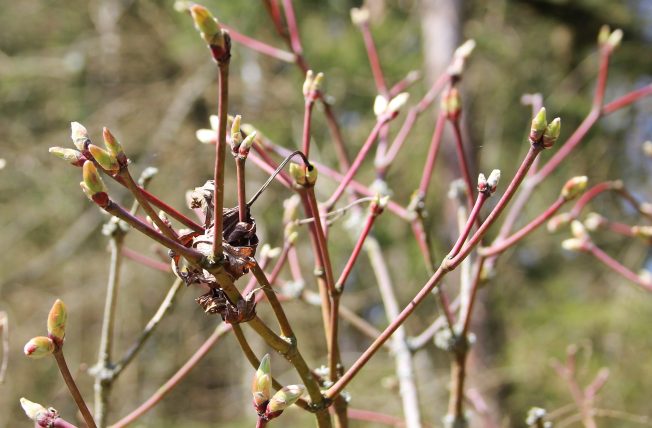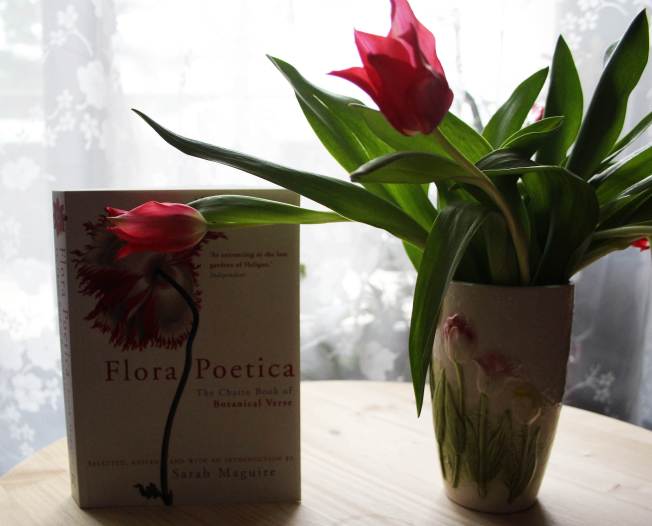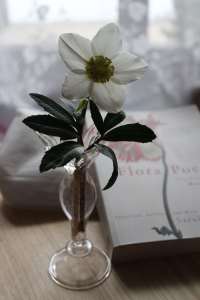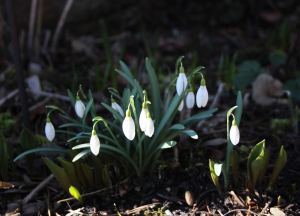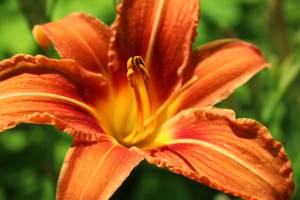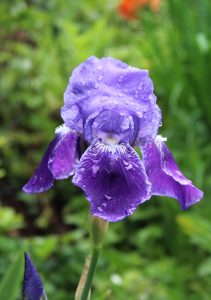Continuing my weekly posts on weeds and/or wild flowers growing in my garden, I am sharing a beauty this week. Some of you may consider it an invasive nuisance. But personally I love it!
Goldenrod, Solidago canadensis
The species that grows wild in abundance here is the non-native Solidago canadensis, while our own native one, Solidago virgaurea, is a much rarer sight. I have planted the latter in the garden, but it does not like its neighbours and refuses to thrive. The Canadian cousin is much less fussy and can be found on open banks, the edge of woods and on land disturbed by building projects. We have quite a bit in the damper spots of our garden and just outside our fence, but its deep roots mean it can survive in hot and dry locations too.
It started opening late July this year. But then a cool damp spell slowed it down.
Now, after some late summer sunshine, it has opened fully and is flowering in all its golden glory!
I class it as a wild flower rather than a weed. 😃 And I love using it in vases.
I have read that it can be used to dye cloth – a cloth of gold indeed. 😃
The name ‘solidago’ means ‘to make whole’ and this plant has been used in herbal medicine across the world for calming stomachs, healing wounds and treating bronchitis. But here I think it is known better as a magnet for bees, hoverflies, butterflies, every pollinator you can imagine, providing nectar late in the season.
I think Mary Oliver’s poem says it all, so I will leave you with it and wish you all a wonderful wild and weedy week in the garden! 😃
in fall fields,
in rumpy bunches,
saffron and orange and pale gold,
in little towers,
soft as mash,
sneeze- bringers and seed- bearers,
full of bees and yellow beads
and perfect flowerlets
and orange butterflies.
I don’t suppose much notice comes of it,
except for honey,
and how it heartens the heart with its blank blaze. I don’t suppose anything loves it except,
perhaps,
the rocky voids filled by its dumb dazzle. For myself,
I was just passing by,
when the wind flared
and the blossoms rustled,
and the glittering pandemonium leaned on me. I was just minding my own business
when I found myself on their straw hillsides,
citron and butter-colored,
and was happy,
and why not? Are not the difficult labors of our lives
full of dark hours? And what has consciousness come to anyway, so far,
that is better than these light-filled bodies? All day on their airy backbones
they toss in the wind,
they bend as though it was
natural and godly to bend,
they rise in a stiff sweetness,
in the pure peace of giving one’s gold away.

